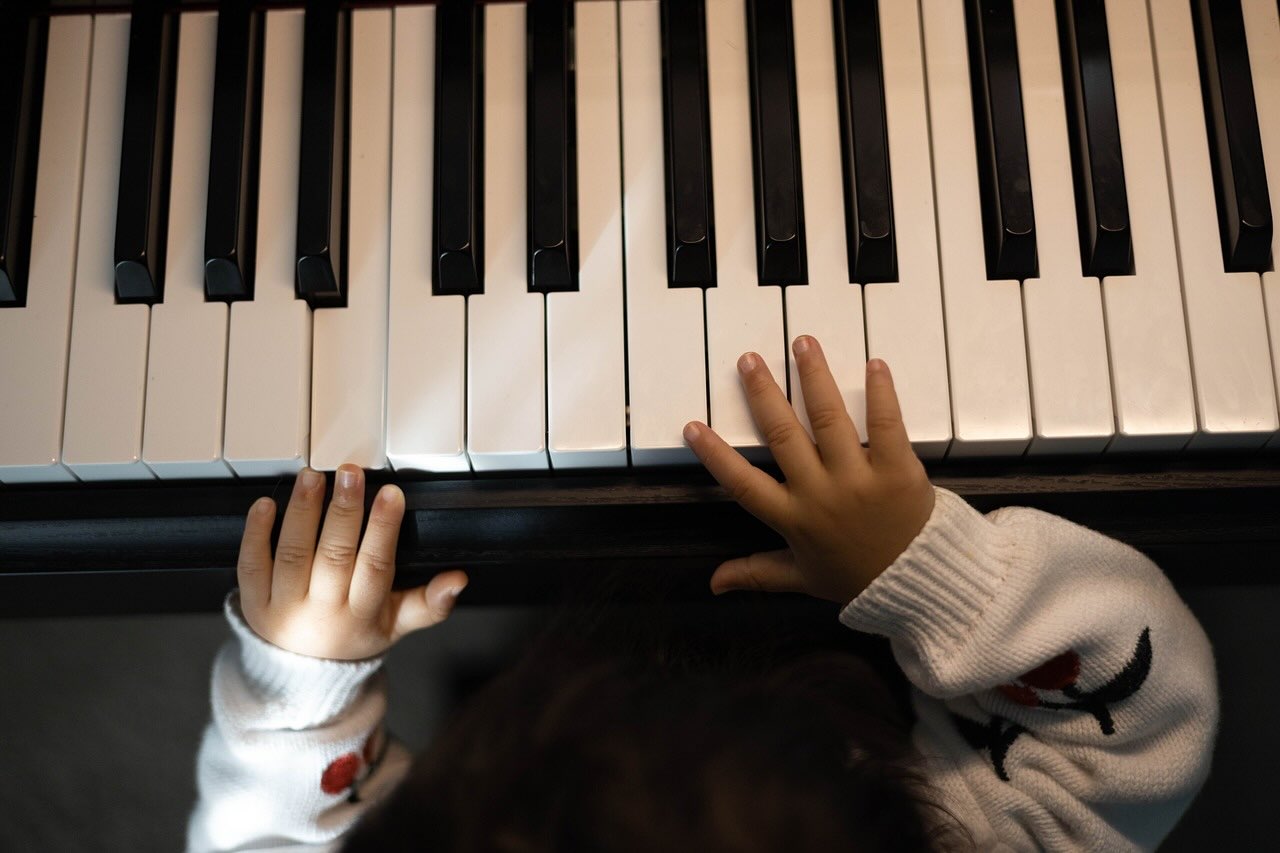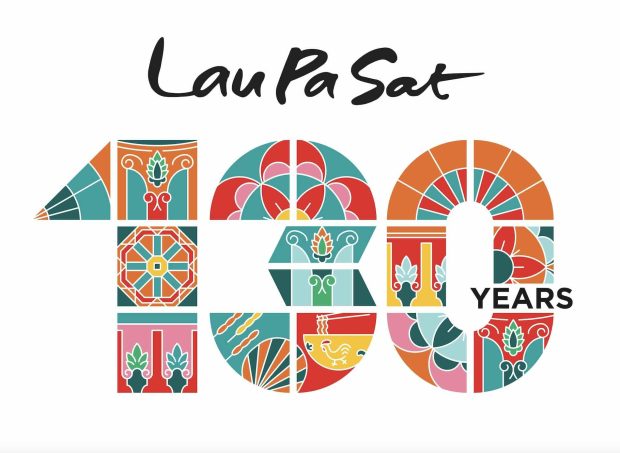The innovative approach of blending cultures in music merges the rich tradition of piano playing with the vibrant diversity of global cultures. Interactive piano tutorials are no longer just about scales and chords; they have evolved into a journey across the world’s musical heritage. As learners engage with the keys, they are not merely practicing tunes but are embarking on an immersive exploration of diverse cultural soundscapes.
From the rhythmic patterns of African percussion to the intricate melodies of Asian compositions, these lessons are crafted to impart piano proficiency while opening doors to a vast array of cultural experiences. Each note played is a step into a broader, more colorful world of musical expression and cultural understanding.
Cultural Diversity in Music
Cultural diversity in music, especially within the context of virtual piano lessons, is not just important; it’s absolutely essential in today’s interconnected world. It’s the driving force behind the emergence of innovative and dynamic methods of music education, such as interactive piano tutorials that explore the nuances of time signatures. These modern teaching approaches reflect a profound recognition of the rich tapestry of global music traditions and their significance in broadening our musical and cultural horizons.
In this era of global connectivity, understanding and embracing cultural diversity in music education is more crucial than ever, with an added focus on the intricate patterns of time signatures. It opens doors to a world where music is not just a series of notes and rhythms but a vibrant language that speaks to the diverse experiences and histories of people around the globe. As a result, music educators are increasingly adopting methods that not only teach the technical aspects of music but also immerse students in the cultural contexts from which these musical styles emanate.
Overview of Interactive Piano Tutorials
Interactive piano tutorials stand at the forefront of this educational evolution. They are designed not just to impart piano skills but to provide a multi-dimensional learning experience. Through these interactive piano tutorials, students can explore the nuances of different musical genres – from the classical pieces of Europe to the traditional melodies of Asia and Africa. This approach enriches their understanding and appreciation of the cultural diversity that shapes music, fostering a deeper, more empathetic connection with the world.
Integrating Cultural Elements into Piano Tutorials
Modern piano tutorials have evolved to integrate a variety of cultural elements into their curriculum, enriching the learning experience far beyond traditional methods. These elements are seamlessly woven into lessons to provide a comprehensive understanding of music in its cultural context.
- Musical Styles and Genres from Different Cultures – Tutorials often include pieces from various global music traditions, such as classical European, Latin American rhythms, African beats, or Asian melodies. This exposes students to a wide range of musical styles, each with its unique characteristics.For instance, a lesson might juxtapose a Chopin nocturne with a Brazilian bossa nova piece, highlighting differences in rhythm, melody, and emotional expression.
- Historical and Cultural Context of Music – Lessons are designed to include the historical and cultural background of the music being taught. This might involve discussing the origins of a musical style or the cultural significance of certain pieces. While learning a blues piece, a tutorial might delve into the history of blues music in African American culture, its evolution, and its impact on modern music.
- Instruments and Their Cultural Significance – Tutorials sometimes explore the cultural significance of various instruments and how they contribute to the sound of a genre. Students might learn about the role of the piano in American jazz, including its evolution and notable pianists who shaped the genre.
- Language and Lyrics – When relevant, tutorials incorporate the study of lyrics, especially in songs from different cultures, discussing their meaning and the cultural stories they tell. Learning a French chanson or an Italian aria involves understanding the lyrics, which adds depth to the musical interpretation.
- Performance Practices and Techniques – Tutorials often include specific playing techniques that are unique to certain cultural music styles. Learning Flamenco piano music involves mastering specific rhythms and techniques unique to Spanish music.
Interactive Elements for Cultural Fusion
Interactive elements are designed to engage students actively and immersively, making the learning process more dynamic and culturally enriching. Here are some key interactive elements that are commonly used:
Interactive Software and Apps
Description: Software and apps often incorporate gamified learning experiences, interactive tutorials, and real-time feedback mechanisms. They can simulate various piano sounds and styles, offering a hands-on experience of different musical cultures.
An app that allows students to play along with traditional African drum rhythms or Asian pentatonic scales, adjusting tempo and style interactively.
Virtual Reality (VR) and Augmented Reality (AR)
VR and AR technologies create immersive environments where students can experience musical performances and cultural settings as if they were physically present.
Using VR to virtually attend a flamenco performance in Spain or an opera in Italy, giving a sense of the cultural atmosphere and context.
Online Collaborative Platforms
These platforms enable students from different parts of the world to collaborate, share, and learn from each other, thus facilitating cultural exchange.
A platform where students from various backgrounds work together to create a fusion piece that combines elements from their respective musical traditions.
Interactive Video Lessons
Video lessons can include interactive elements like clickable annotations, integrated quizzes, and real-time Q&A sessions.
A lesson on Brazilian bossa nova where students can click on parts of the video to learn more about the history and cultural significance of the genre.
Final thoughts
In conclusion, the integration of interactive elements into piano tutorials represents a significant stride in music education, bridging the gap between technical proficiency and cultural understanding.
These elements – ranging from immersive VR experiences to collaborative online platforms – not only enrich the learning experience but also play a vital role in fostering a deep appreciation for the diverse tapestry of global music traditions. Through this innovative approach, students are not merely learning to play an instrument; they are embarking on a cultural journey, exploring and celebrating the myriad of musical expressions around the world. As we continue to embrace these advancements, we pave the way for a more connected, culturally aware, and musically diverse generation.







